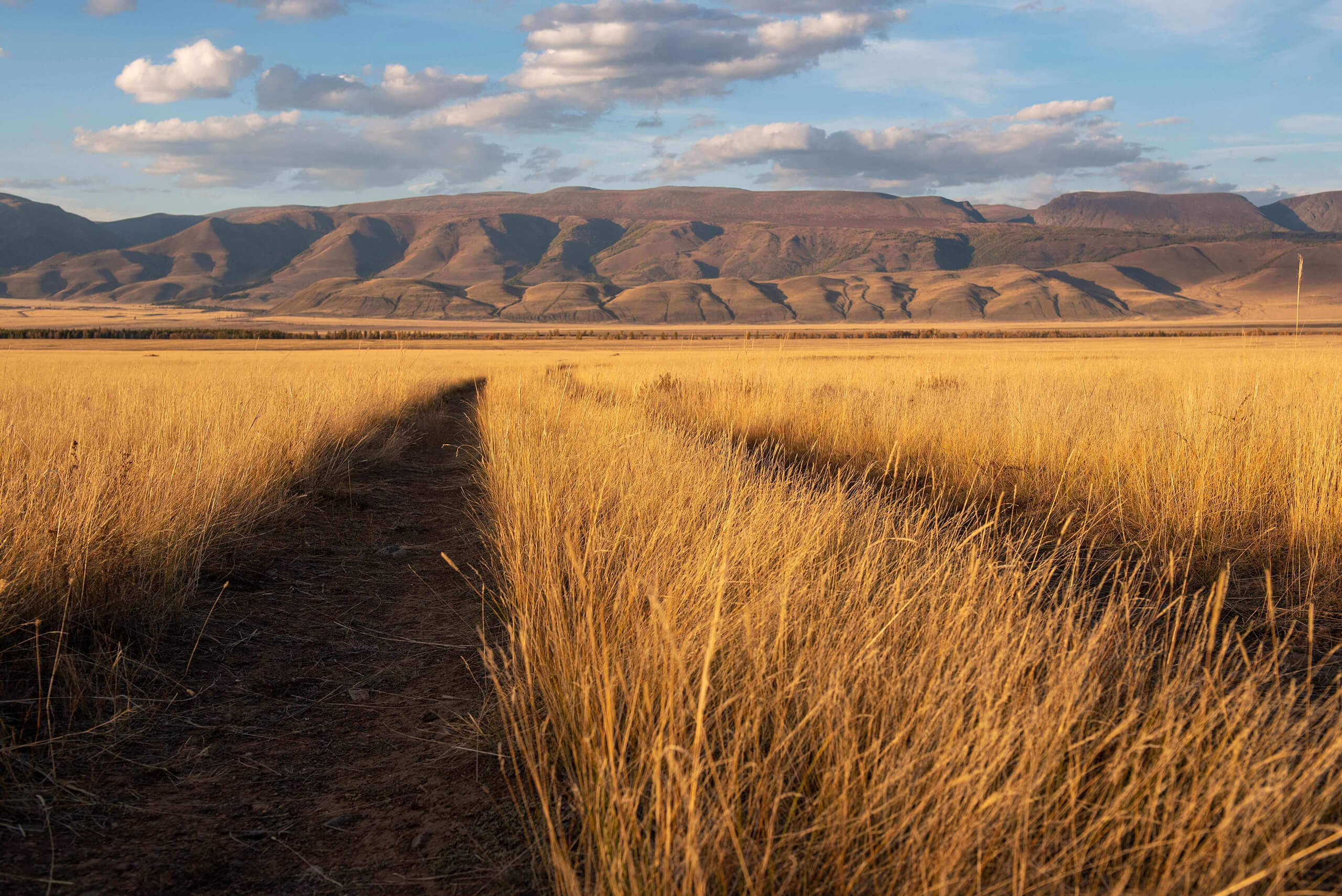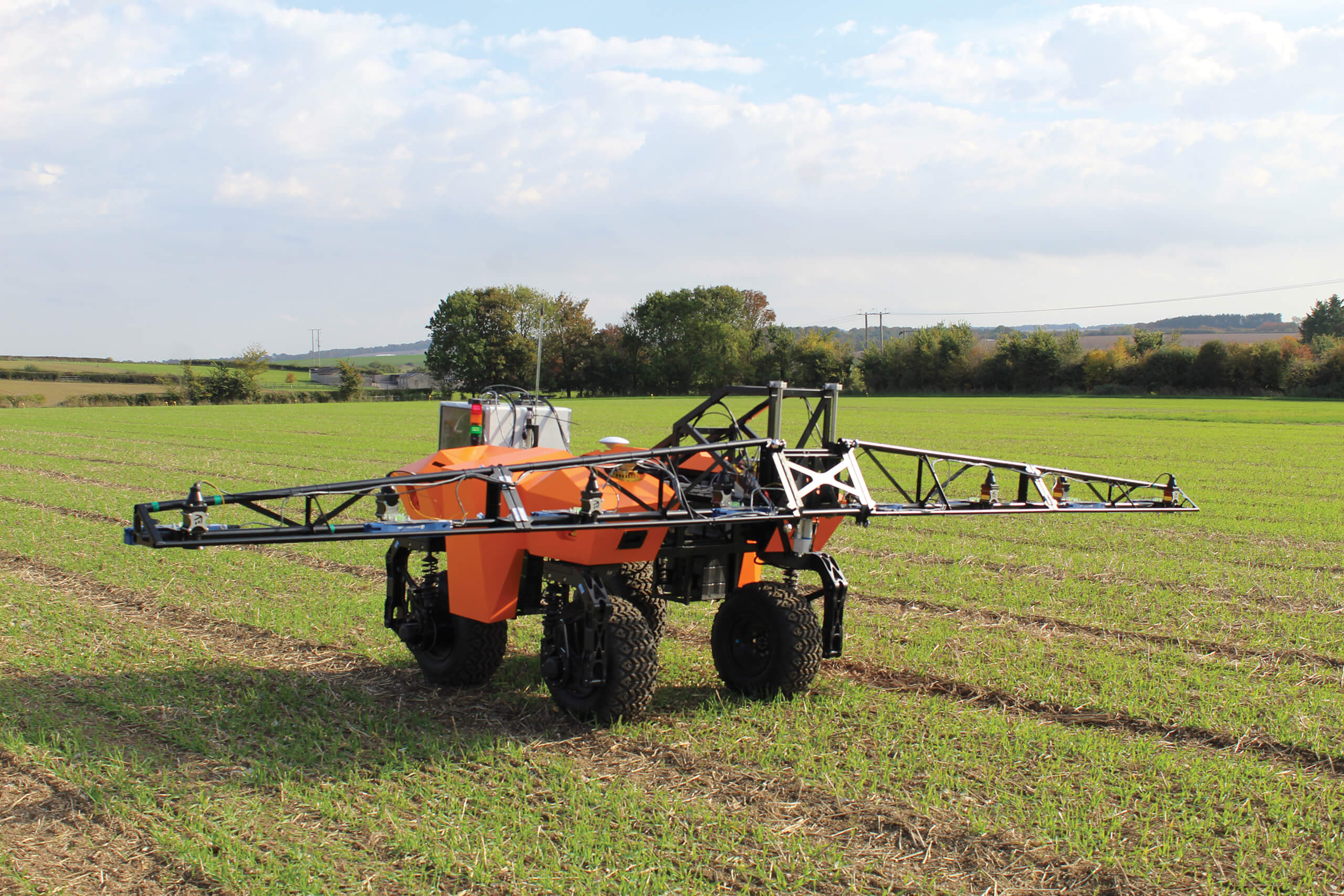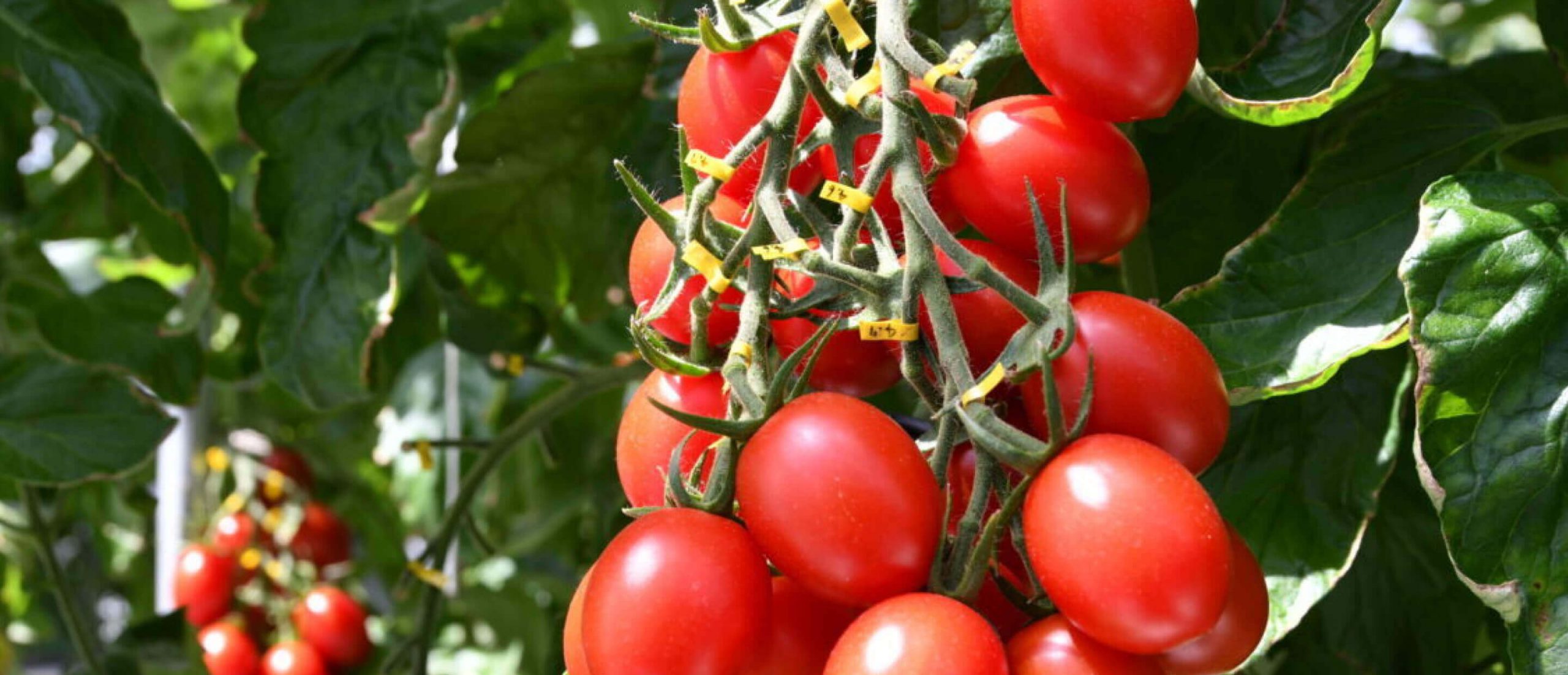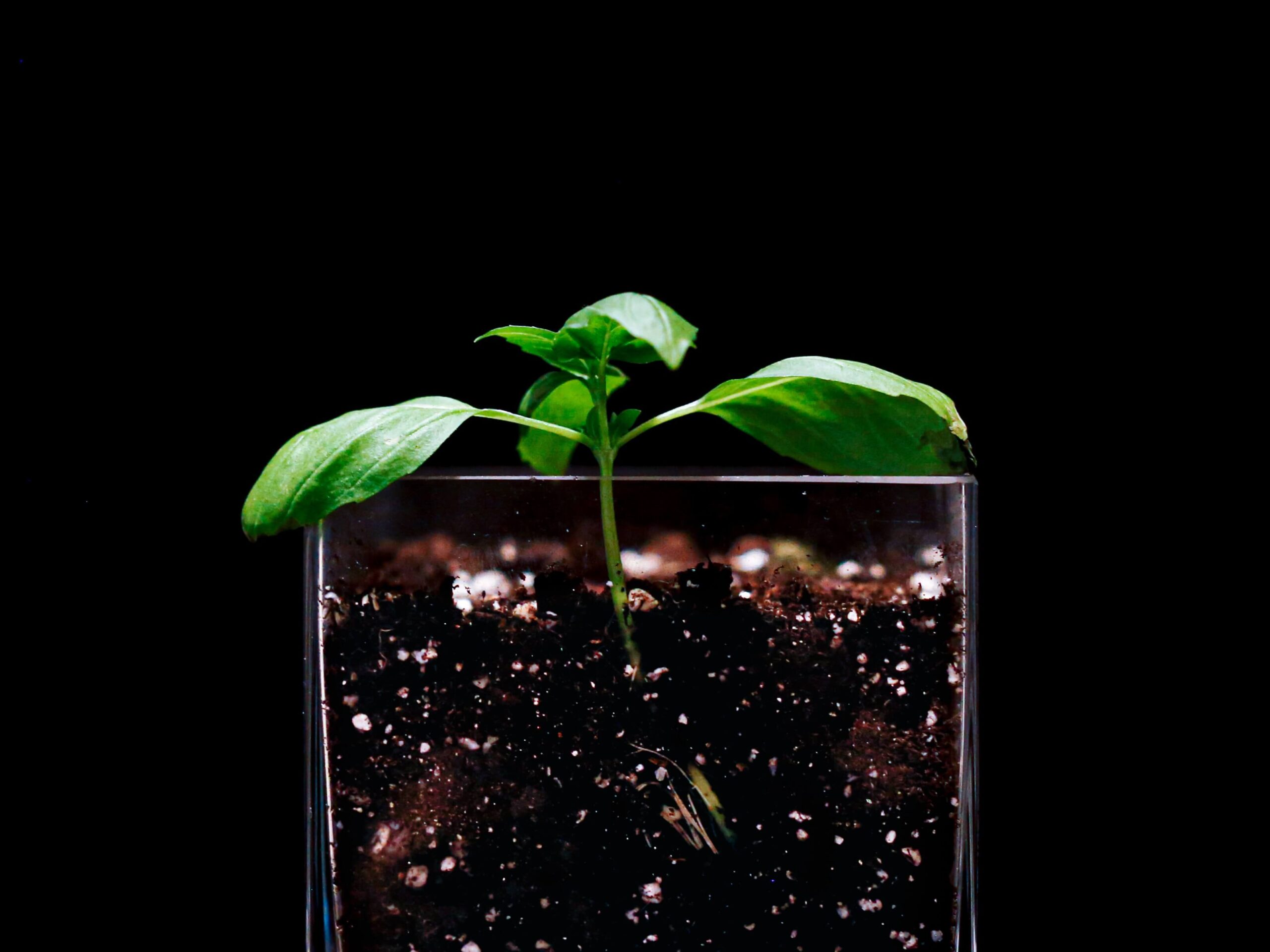
Civilizations have farmed the soil since antiquity. Now that soil could help solve one of humankind’s greatest challenges.
The US Midwest was no stranger to the Gold Rush and its soils may be running gold again. Here, fields cover 127 million acres producing $14.5 billion a year in agricultural sales. And in 2024 it could host a new kind of crop.
As part of increasingly urgent moves to address greenhouse gas emissions, policymakers are hoping farmers will capture carbon at the same time as producing corn, soybeans, wheat, and other crops. The National Academy of Sciences estimates changing farm practices could cut US carbon emissions by 4%.

Indigo is encouraging agriculture to improve practices, says the company’s Senior Vice President and Chief Strategy Officer, Chris Harbourt.
For context, this 250-million metric ton reduction is more than all the US aviation industry’s emissions in 2019. To bring about the change, companies such as Boston-based Indigo Ag are aiming to connect farmers with carbon credit markets worth an estimated $1 trillion globally in 2023.
The idea behind carbon credits is simple. Many large organizations are keen to cut their carbon footprint but are finding it hard to completely decarbonize their operations. If they can’t cut their own emissions, then they can at least pay someone else to do so. That is where farmers come in.
“We know that as we cleared land and utilized it for agriculture, we released a lot of soil carbon that’s in the atmosphere,” says Debbie Reed, Executive Director and Founder of the EcoSystem Services Market Consortium (ESMC), a non-profit that compensates farmers who improve the environment.

Debbie Read, Executive Director and Founder of ESMC, believes digitalization will facilitate a greater percentage of carbon credit sales to go to farmers and ranchers.
By changing farming practices to capture emissions instead of releasing them, farmers can earn credits on carbon credit markets. Indigo says farmers can earn at least a credit for every 10 acres (4 ha) in their first year, with a minimum price per credit of $20.
That may not sound like a lot, but it can add up across a large farm. Across the whole of the Midwest, it equates to a payout of more than $250 million a year. And these are minimum figures.
First-year performance can yield as much as 0.4 credits per acre, rising to two per year with stacked carbon farming practices. Such practices are often relatively cheap and easy to introduce and can result in additional savings or revenue opportunities.
Switching from conventional tillage to a no-till approach, for example, can help sequester half a metric ton of carbon a year per acre, while planting winter cover crops could put away a further 0.2 metric tons.
With carbon credit payments of $11 added to tillage and herbicide spraying savings, Indigo estimates an Indiana farmer adopting these practices could make $41 per acre a year after three years.
Perhaps the best bit is that carbon sequestration often involves practices that lead to healthier soils, improving crop yields and helping farmers withstand the impact of global warming.
“We’re encouraging agriculture to improve practices,” says Indigo’s Senior Vice President and Chief Strategy Officer, Chris Harbourt.
“With those moves, agriculture becomes more resilient to all the effects of climate change,” he adds. “And improving agriculture has a double bottom line outcome by sequestering carbon dioxide and pulling greenhouse gases out of the atmosphere.”
All this is not to say that carbon credits are free from challenges.
One issue is that US carbon prices range from $3.30 to $200 per metric ton, depending on the region and market, while the break-even cost of applying emissions offset practices varies from $21 per metric ton in the Northern Plains to $104 in the Corn Belt.
Improving agriculture has a double bottom line outcome by sequestering carbon dioxide and pulling greenhouse gases out of the atmosphere.”

Increasing farmers’ revenues will be key for the integration of agriculture into carbon markets, says Garth Boyd, Partner at agribusiness consulting firm Context.
And industry experts say carbon markets need to mature in terms of pricing and measurement since the emissions reduction potential of agricultural practices is notoriously hard to determine. “We don’t sell corn,” says Reed of ESMC. “We don’t sell something you can measure on a scale.”
This difficulty in assessing emission impacts has meant that in early programs up to 75% of a carbon credit’s value used to go to verification costs, and only an average 5% made it to the producer taking action to create the credit. “We want to flip that on its head,” Reed says.
“We should have 90% of the credit going to the producer and much less to the middleman on verification and quantification.”
Reed is confident this can be achieved through digitalization.
This system needs to come into the 21st century and reduce some of the costs. If we do that, more of the sale price of the credits can go to farmers and ranchers.”
Increasing farmers’ revenues will be key for the integration of agriculture into carbon markets, says Garth Boyd, Partner at agribusiness consulting firm Context.
“If a farmer is grossing a few thousand dollars an acre by producing corn, a carbon market program offers $12 a ton. The farmer is required to share their production data and spend time on the carbon program, so the revenue potential is not great enough to warrant their time,” he says.
Indigo recognizes that farmers need to be properly rewarded for acting as custodians of the planet and pays farmers at least 75% of the average sale price for their credits – no matter how high the price goes. “We’ve doubled the component of a carbon credit that we pay a farmer in just a year,” says Harbourt. But in return, he adds: “We require more rigor from the farmer in order to get that price.”
That rigor is apparent in requirements for additionality, or making sure an emissions reduction was not going to happen anyway, and permanence, or ensuring that once carbon is stored in the soil it doesn’t get released again a few years later.
Getting such details right could be vital in helping farmers to play a greater role in carbon reduction. S&P Global estimates that in North America the agricultural sector could comfortably cover all of the 190 million metric tons of carbon credit demand, cornering a market worth $5.2 billion.
Although there is still a way to go, 2024 could be the year when soil starts turning to gold.



